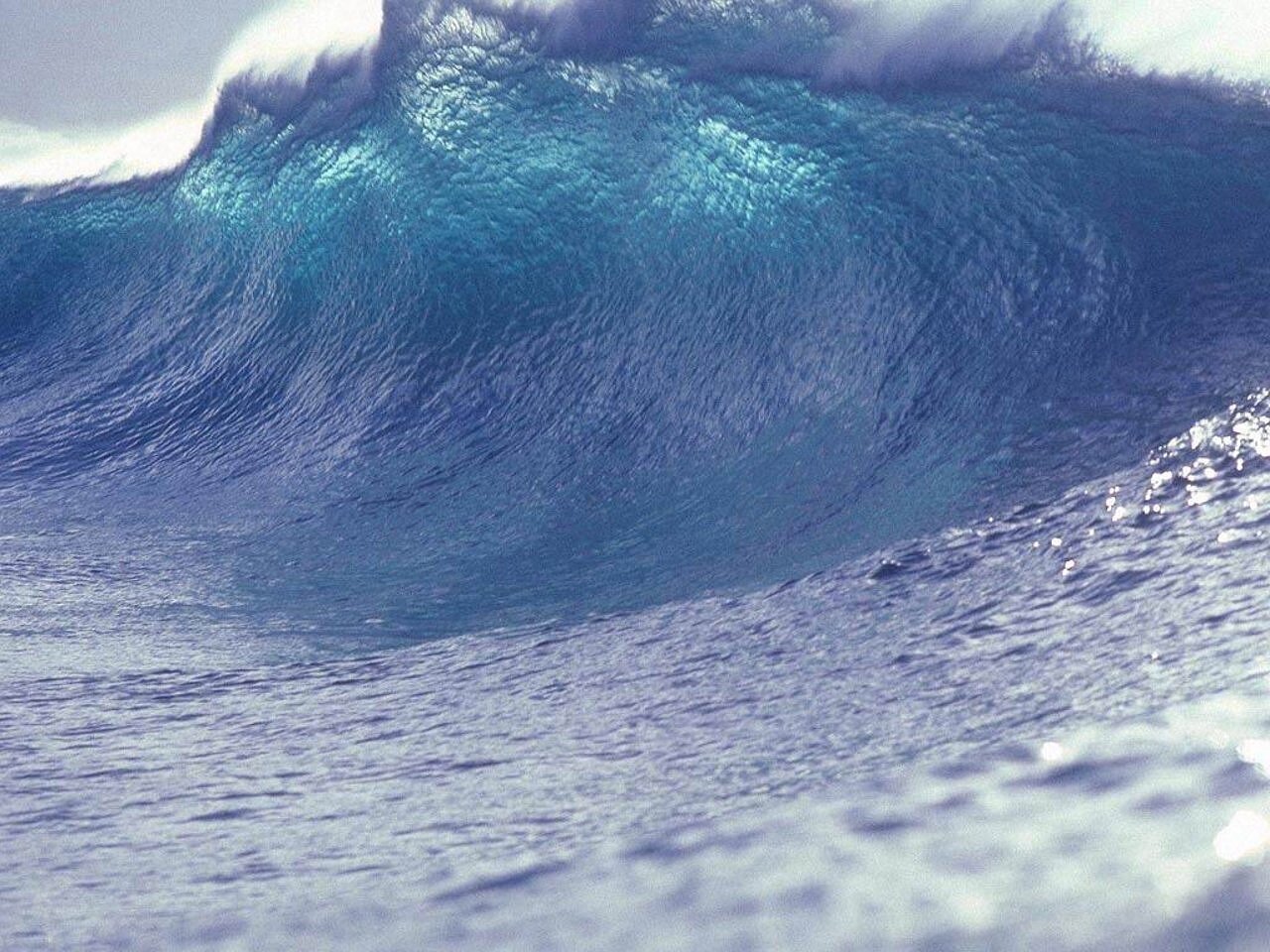Assessing The Risk: California's Tsunami Vulnerability And High-Impact Zones

Welcome to your ultimate source for breaking news, trending updates, and in-depth stories from around the world. Whether it's politics, technology, entertainment, sports, or lifestyle, we bring you real-time updates that keep you informed and ahead of the curve.
Our team works tirelessly to ensure you never miss a moment. From the latest developments in global events to the most talked-about topics on social media, our news platform is designed to deliver accurate and timely information, all in one place.
Stay in the know and join thousands of readers who trust us for reliable, up-to-date content. Explore our expertly curated articles and dive deeper into the stories that matter to you. Visit Best Website now and be part of the conversation. Don't miss out on the headlines that shape our world!
Table of Contents
Assessing the Risk: California's Tsunami Vulnerability and High-Impact Zones
California, known for its stunning coastline and vibrant cities, faces a significant, often overlooked threat: tsunamis. While earthquakes are a more immediate concern for many Californians, the potential devastation from a tsunami shouldn't be underestimated. This article delves into California's tsunami vulnerability, identifying high-impact zones and outlining preparedness measures.
Understanding California's Tsunami Risk
California's location along the Pacific Ring of Fire, a highly active seismic zone, puts it directly in the path of potential tsunamis. These devastating waves can be triggered by several events, including:
- Local Earthquakes: Subduction zone earthquakes off the coast of California, like those along the Cascadia Subduction Zone, pose the most significant threat. These powerful earthquakes can generate massive tsunamis within minutes.
- Distant Earthquakes: Tsunamis generated by earthquakes thousands of miles away, particularly in Alaska, Japan, or South America, can also impact California's coast, albeit often with a longer warning time.
- Undersea Volcanic Eruptions: While less frequent, underwater volcanic eruptions can also trigger tsunamis.
High-Impact Zones: Where the Risk is Greatest
Several areas along the California coast are particularly vulnerable to tsunami inundation. These high-impact zones include:
- Northern California: Areas like Crescent City, Eureka, and Mendocino County are at high risk due to their proximity to the Cascadia Subduction Zone. The potential for a large-scale tsunami in this region is significant. [Link to NOAA Tsunami information for Northern California]
- Central California: Coastal communities in Monterey Bay and Santa Cruz are vulnerable, particularly areas with low-lying land near the ocean.
- Southern California: While the risk is generally considered lower than in Northern California, areas like Santa Barbara, Los Angeles, and San Diego still face a potential tsunami threat. These areas are more likely to be impacted by distant-source tsunamis. [Link to California Geological Survey Tsunami information]
The Importance of Preparedness
Knowing the risks is only half the battle. Effective preparation is crucial for mitigating the impact of a tsunami. Here are key steps to take:
- Develop an evacuation plan: Identify your nearest tsunami evacuation route and practice your escape plan regularly with your family. Knowing the high ground in your area is vital.
- Sign up for emergency alerts: Subscribe to local emergency alert systems (e.g., Wireless Emergency Alerts (WEA)) to receive timely warnings.
- Create a go-bag: Prepare an emergency kit with essential supplies like water, food, first-aid supplies, medications, and important documents.
- Learn the warning signs: Understand the signs of an approaching tsunami, such as a noticeable receding of the ocean water. This is a crucial warning sign indicating an impending wave.
- Build a strong community: Strengthening community bonds and communication can be vital during and after a disaster. Participating in local preparedness efforts can significantly improve your community’s resilience.
Conclusion: A Call to Action
California's vulnerability to tsunamis is a reality that requires attention and proactive measures. By understanding the risks, identifying high-impact zones, and preparing adequately, we can significantly reduce the potential loss of life and property. Take the time today to assess your risk and prepare your family. Your life may depend on it.
Further Resources:
- National Oceanic and Atmospheric Administration (NOAA): [Link to NOAA Tsunami Website]
- California Geological Survey (CGS): [Link to CGS Tsunami Website]
- Federal Emergency Management Agency (FEMA): [Link to FEMA Tsunami Preparedness Resources]
This article aims to inform and educate; it should not be considered professional advice. Always consult official sources for the most up-to-date information and safety guidelines.

Thank you for visiting our website, your trusted source for the latest updates and in-depth coverage on Assessing The Risk: California's Tsunami Vulnerability And High-Impact Zones. We're committed to keeping you informed with timely and accurate information to meet your curiosity and needs.
If you have any questions, suggestions, or feedback, we'd love to hear from you. Your insights are valuable to us and help us improve to serve you better. Feel free to reach out through our contact page.
Don't forget to bookmark our website and check back regularly for the latest headlines and trending topics. See you next time, and thank you for being part of our growing community!
Featured Posts
-
 Palestine Unveils World Cup 2026 Squad Amidst Gaza Conflict
Jun 10, 2025
Palestine Unveils World Cup 2026 Squad Amidst Gaza Conflict
Jun 10, 2025 -
 California Tsunami Risk High Impact Zones And Potential Casualties
Jun 10, 2025
California Tsunami Risk High Impact Zones And Potential Casualties
Jun 10, 2025 -
 Merab Dvalishvili Remains Champion After Ufc 316 Submission Win
Jun 10, 2025
Merab Dvalishvili Remains Champion After Ufc 316 Submission Win
Jun 10, 2025 -
 Liv Golf Virginia Anirban Lahiris 64 Sets The Pace
Jun 10, 2025
Liv Golf Virginia Anirban Lahiris 64 Sets The Pace
Jun 10, 2025 -
 Wyatt Russell Addresses Criticism His Casting As Us Agent Was Not Politically Motivated
Jun 10, 2025
Wyatt Russell Addresses Criticism His Casting As Us Agent Was Not Politically Motivated
Jun 10, 2025
